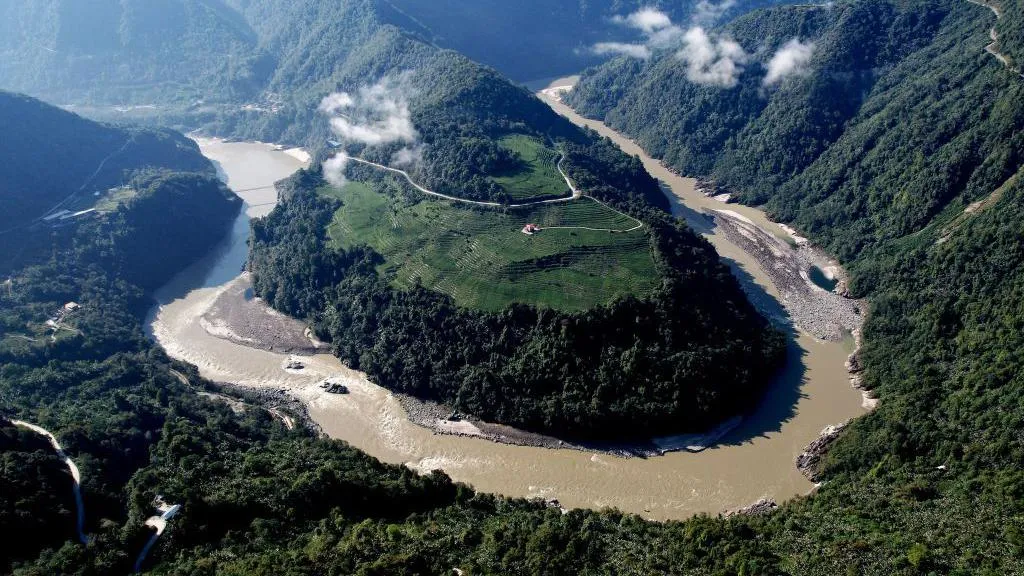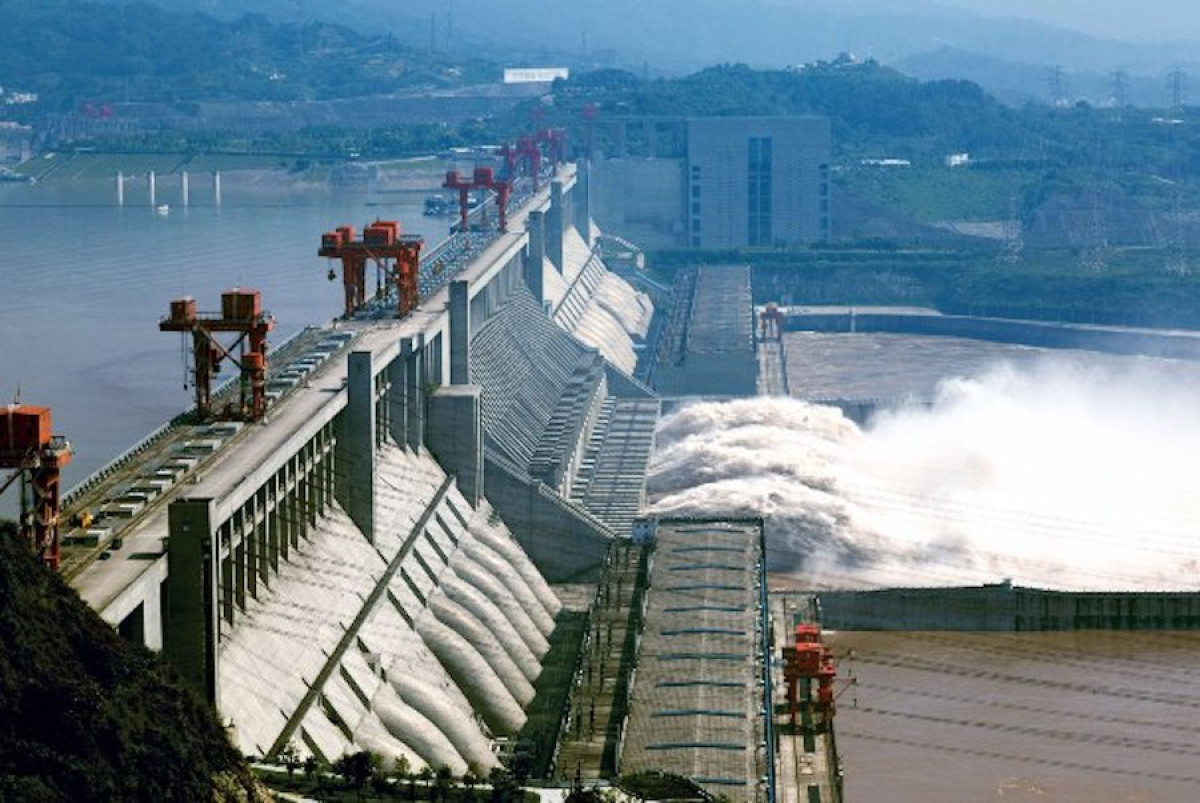What happens when one country controls the tap for millions downstream?
That’s the question India and Bangladesh are asking as China kicks off construction of the world’s largest hydropower dam—right in Tibet.
Premier Li Qiang led the ceremony launching the $167 billion Motuo Hydropower Station on the Yarlung Tsangpo river.
The river is a lifeline that flows into India as the Siang and Brahmaputra, and then into Bangladesh as the Jamuna.
China claims the dam will protect nature and spark prosperity.
But critics fear otherwise. “This is going to cause an existential threat,” warned Arunachal Pradesh’s Chief Minister Pema Khandu.
He worries the project could be used as a “water bomb” to devastate communities.
What Are The Concerns?
India and Bangladesh have both raised red flags, urging China for transparency.
Beijing insists it has a “legitimate right” to build and claims it’s considering downstream effects.
Yet plans to blast tunnels through mountains and straighten the river for five massive power stations suggest otherwise.

Environmentalists say the dam threatens biodiversity and is dangerously close to fault lines.
Activists who protested previous dam projects in Tibet were reportedly beaten and jailed.
So is this clean energy—or just another way for Beijing to tighten its grip?





